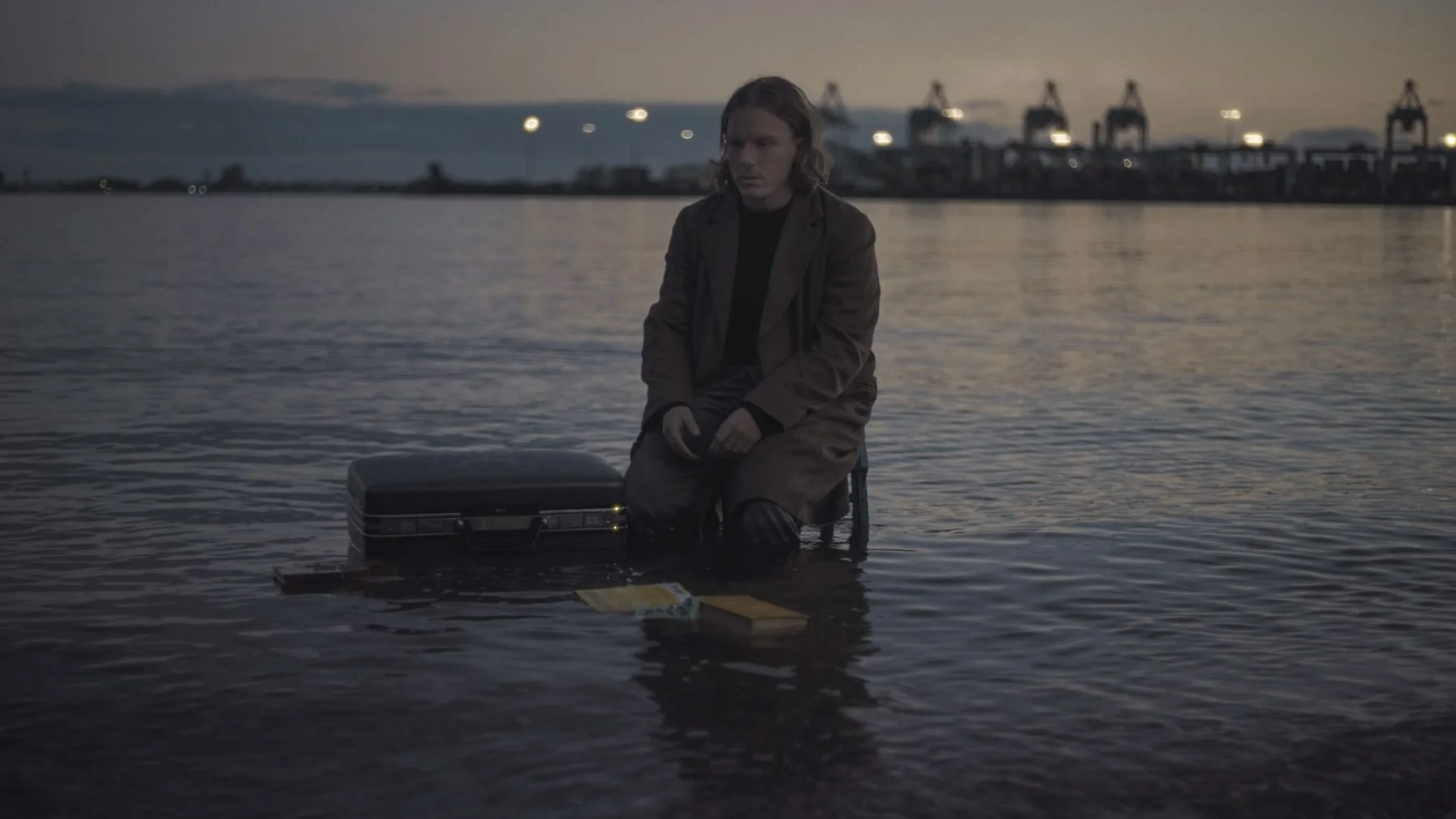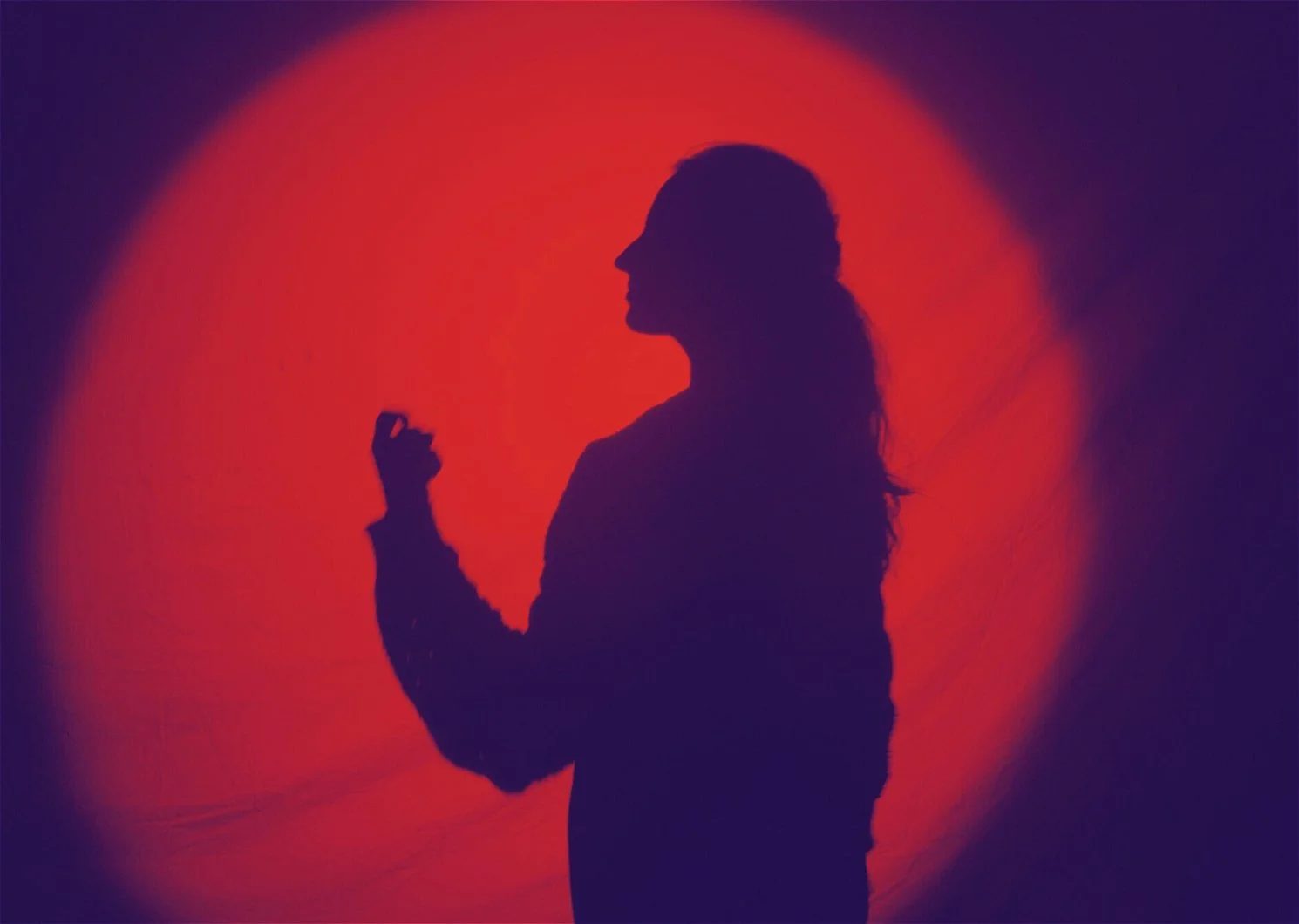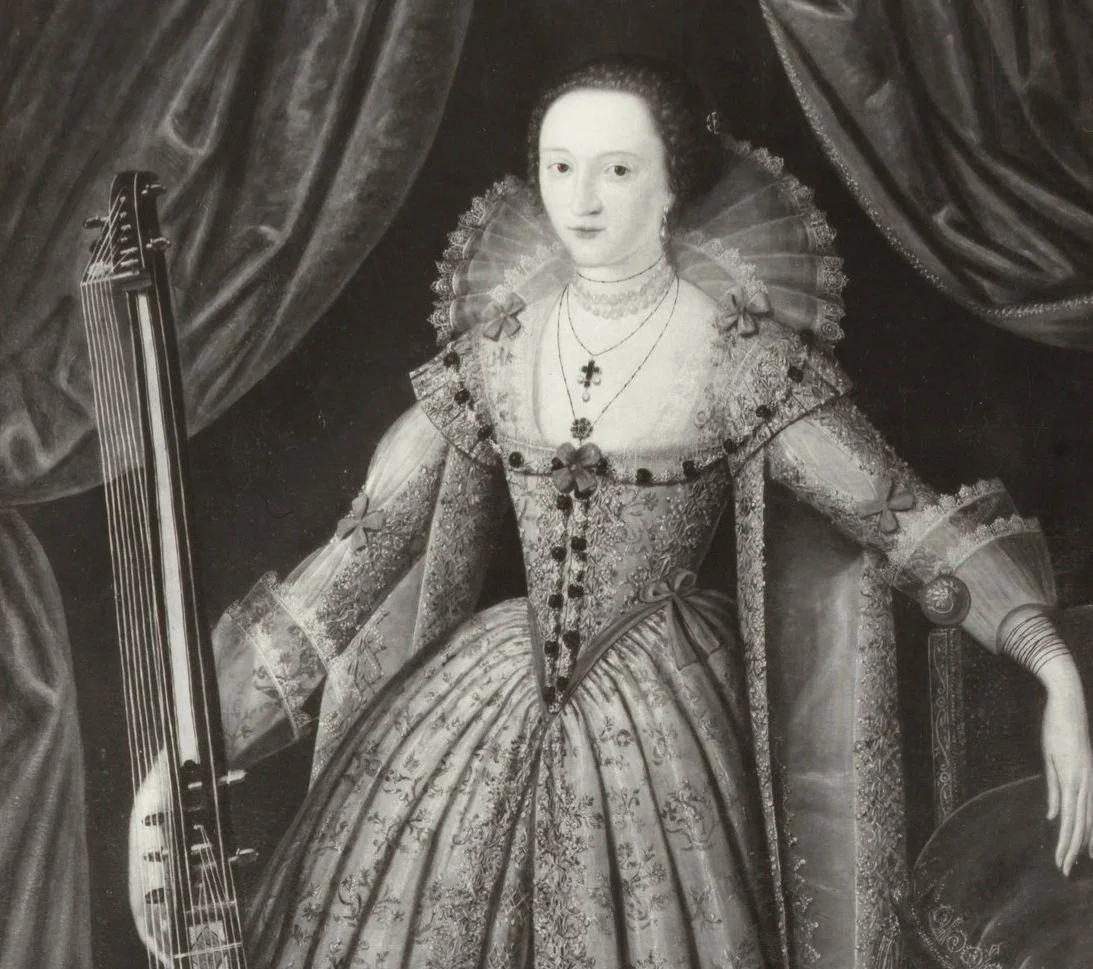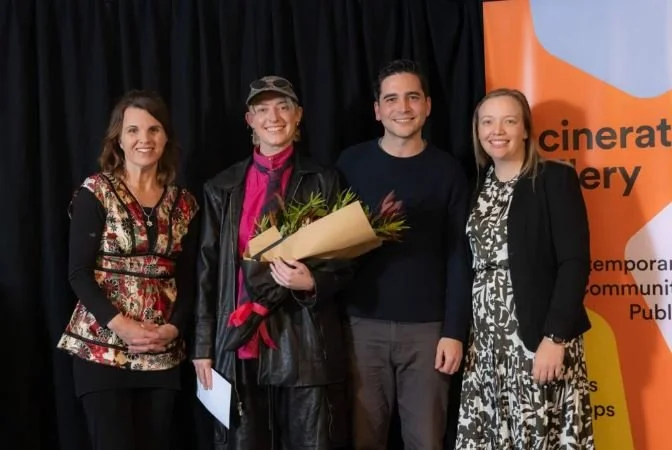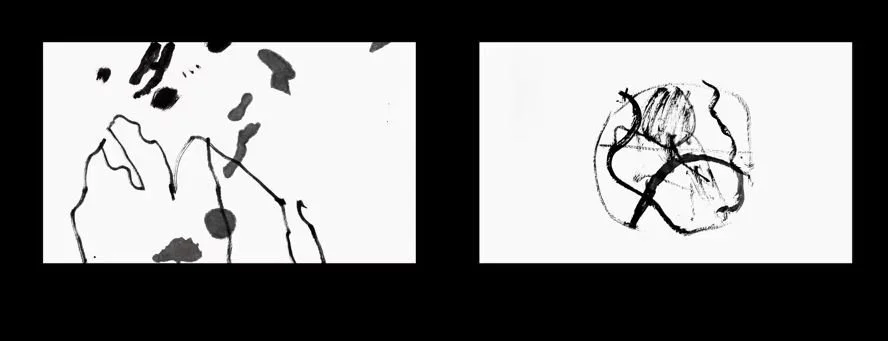The ad spot is a unique format. Can you share a little about your process of translating the brief into your 30-second musical piece?
“Creating music for a 30-second ad spot is a unique and challenging format mainly due to its brevity and need for impact in such a small amount of time. Whilst it does take quite a bit of creative problem solving to get the right fit. It also provides an opportunity to be innovative and concise.
My process on this project began with thoroughly understanding the brief and script, focusing on the emotion and atmosphere that needed to be created, enhanced, and communicated. From this point, spending time going over the locked cut is crucial to grasp its flow, tone and key moments before any musical ideas are put down. Really understanding the feeling of the cut alongside the script is incredibly helpful in responding to the brief.
Importantly, because 30 seconds isn’t a huge amount of time, getting the musical pacing to work with, interplay, or move in counterpoint with the edit and cuts is crucial to the success of the score for a spot like this. So, while there are some melodic ideas bubbling away, I like to spend time locking down the tempo, any tempo shifts, hit points, and time signature changes.
I experimented with different musical palettes and textures, guided by the suggestions in the brief, to see what fit best with the ad’s tone and message. For me, harmony and melody often flow from my palette choices and instrumentation, and rhythm from my understanding of the pacing of the cut and prior tempo choices. When getting music down, I find it helpful to strategically place musical moments to keep the piece engaging and dynamic, and in a short spot, moments to compose to and away from. By carefully aligning the music with the emotion, atmosphere, and vibe of the spot, you can work to ensure the final score enhances the promo’s impact creatively and interestingly while also serving the requirements of the brief faithfully.”
Were there any specific creative decisions you made in the composition that you feel particularly enhanced the promo’s impact?
“Interestingly, the brief provided guidance on the palette, suggesting ‘synth-based’ or ‘orchestral’ options. There was also a hard cut before the spot’s only dialogue. I decided to keep the front half of the score mainly synth-based, then transition into a more orchestral world in the back half. By setting up the musical world a bit softer at first, a punchier orchestral push towards the end effectively draws attention to the main message of the spot.”
Where do you find inspiration for your compositions?
“When working in screen music mode, so much of the inspiration for my work comes from the story, characters and emotion of the narrative. When you immerse yourself in the world and vision, you can begin to understand the emotional arc and moments that can be encapsulated in a score. Additionally, constant collaboration with directors and other creatives also sparks new ideas, helping me craft music that not only supports but enhances the storytelling
In concert music mode, inspiration often comes from many different sources. I draw from personal experiences, nature, literature, and even abstract concepts. The freedom to explore various themes and emotions allows me to experiment with different musical styles, structures, instrumental palettes and textural ideas. Collaborating with performers also plays a significant role, as their interpretations and feedback can lead to new creative directions or ideas for future works.”
Composing for advertising has specific time constraints. Can you describe how you balance creative flow with meeting the needs of a short format?
“Good planning means that creativity should always be flowing.
Firstly, I start by thoroughly understanding the brief and the core message that needs to be conveyed within the limited duration. This helps me focus on the most impactful elements of the composition right from the start.
In terms of balancing creativity, I find that setting clear boundaries can actually enhance my creative process. Knowing I have a strict time limit forces me to make decisive choices and be more innovative with my use of musical elements. I often experiment with different textures and dynamics to create a sense of greater development and climax within the short duration.
Finally, you have to maintain flexibility throughout the process. While it’s important to have a clear plan, being open to feedback and willing to make adjustments is crucial. This iterative process helps refine the composition to ensure it meets both the creative and practical needs of the project at hand.”
Have you ever experienced creative roadblocks? If so, what are your ways to move forward and overcome them?
“I’ve definitely hit creative roadblocks before—they’re a natural part of the creative process. My way around it is to always have a solid plan in place. As simple as it might sound, good planning fuels creativity. Having a structured approach to working means that when I hit a creative roadblock, I can shift my focus to another aspect of the project and keep those creative juices flowing possibly in a different way. This keeps the momentum going and whilst I’m still making progress, I often find that a solution to my initial roadblock begins to form while I’m working on something else. It’s really all about staying flexible and keeping things moving forward.”
What initially drew you to music composition?
“I think my initial draw to composition was in music’s power to evoke emotion. Having the ability to craft, meld and create that myself seemed pretty magical to me, and all these years later it is still a bit crazy how profoundly affecting music can be.”
Do you have a favorite genre of music to compose, or one you find particularly inspiring?
“Not really a genre, but in both my screen music and concert music work, I love to work in blending both orchestral and acoustic sounds with synthesised elements—especially analogue synths. There’s something incredibly exciting about the rich textures and dynamic range of an orchestra blending with what can sometimes be otherworldly synth elements that you just can’t quite put your finger on, that allows you to explore such a wide array of feeling.”
What made you want to come to AFTRS?
“I applied for AFTRS because it was the only Australian institution that offered a postgrad program in Screen Music—the practical and collaborative nature of the degree is what sold me.”
What is your best memory of your time at the School?
“My favorite memories of my time at AFTRS would definitely have to be the scoring sessions we had in the studio. These sessions provided me with my first opportunities to gain the practical experience in this part of the film scoring process and allowed me to further hone skills in session prep, music preparation, and podium experience. And, as always, it’s incredibly special to hear your music being played by talented pros.”
What advice would you give to someone interested in pursuing screen music at AFTRS?
“My advice for someone interested in pursuing screen music at AFTRS would be to embrace every opportunity to collaborate and learn. The school offers a wealth of resources and access to industry professionals—take full advantage of these. Immerse yourself in different genres and styles and ideas or all types of music (not just screen music), and don’t be afraid to experiment in finding your own compositional voice. Building strong relationships with your peers is also incredibly important—as these will be the people who you will continue to collaborate with and will (hopefully) be needing composers in the future!”
